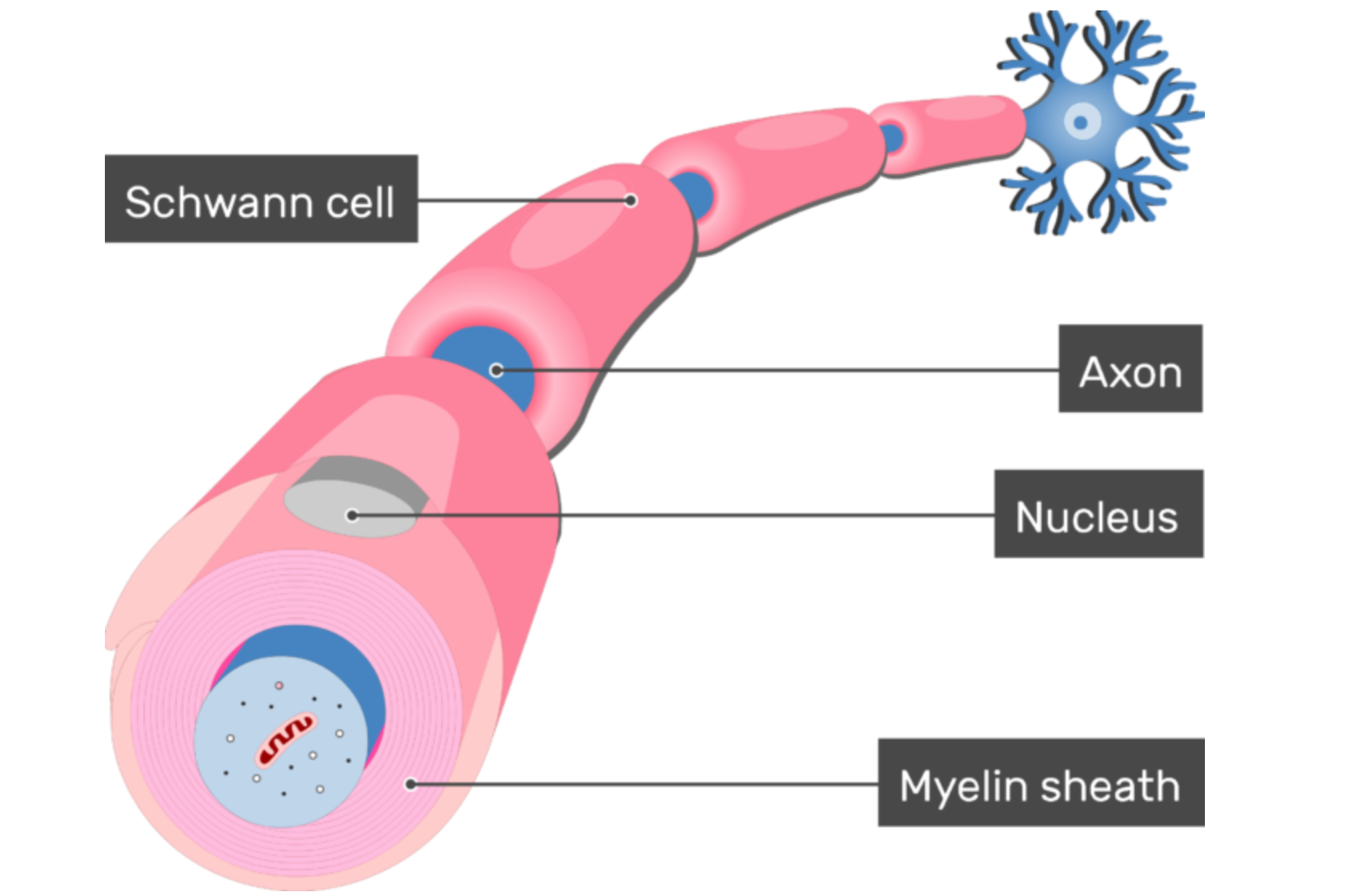CMT4: A Comprehensive Guide
Understanding CMT4
Charcot-Marie-Tooth disease is divided into many different types based on how the disease is inherited and the part of the body affected by the disease. While the different subtypes of CMT share similar symptoms and prognoses, understanding the differences between these types is critical for developing and administering treatments.
The defining characteristic of Charcot-Marie-Tooth disease type 4 is that it has autosomal recessive inheritance. This means that an individual would need to have two copies of the affected disease-causing gene to develop symptoms. It also means that the disease-causing gene is on a pair of chromosomes not associated with determining gender. The recessive inheritance of CMT4 indicates that both parents of the person diagnosed with it would have been “carriers” for the disease-causing gene. A carrier is someone who has only one copy of a disease-causing gene that has recessive inheritance and therefore has no symptoms themselves. Additionally, mutations that cause CMT4 can occur spontaneously in an individual which would then have the potential to be passed on to future children.
CMT4 typically also indicates a “demyelinating” form of CMT. Demyelinating CMT arises when the insulating sheath around the electrically active parts of nerves (axons) dysfunctions. This insulating sheath is called myelin and it is necessary for the fast electrical communication from nerves to the rest of the body. If the myelin is damaged or begins to disappear, that communication slows, becoming less effective, and eventually diminishes.

Symptoms of CMT4
Typically, individuals with CMT4 have an early age of disease onset (before the ages of 2 or 3 years) and a faster disease progression than many individuals with autosomal dominant forms of CMT. Similar to CMT1 and CMT2, individuals with CMT4 will likely develop pes cavus (high arch) and hammertoes due to the weakening of muscles in the feet. It is also common for people with CMT4 to develop “pes equino-varus,” or claw-like hands due to a weakening in the hand muscles. The weakening of the muscles in the hands and feet is due to a loss of nerve signal in those muscles. This nerve signal loss is caused by dysfunction in the myelin sheath. Over time, the weakening of the muscles worsens and moves up the arms and legs. CMT4 patients may also be prone to developing spinal abnormalities. The progression of the disease is due to the accumulated effects of the myelin dysfunction and the resulting compounding decline in the health of nerves.
Read more about CMT signs and symptoms
Causes of CMT4
Twelve different genes have been identified as causes of CMT4. As genetic causes of the disease are identified, they are specified by a capital letter added on to the end of the CMT4 designation. For example, CMT4A is CMT4 caused by mutations in the GDAP1 gene. CMT4A is the most common type of CMT4 and one of the more common forms of CMT overall.
- CMT4A – mutations in GDAP1
- CMT4B1 – mutations in MTMR2
- CMT4B2 – mutations in SBF2
- CMT4B3 – mutations in SBF1
- CMT4C – mutations in SH3TC2
- CMT4D – mutations in NDRG1
- CMT4E – mutations in EGR2
- CMT4F – mutations in PRX
- CMT4G – mutations in HK1
- CMT4H – mutations in FGD4
- CMT4J – mutations in FIG4
- CMT4K – mutations in SURF1
- SORD – mutations in SORD
Need a simpler way to understand CMT genetics? Watch this quick five-minute video.
Treatments for CMT4
While no treatments or cures currently exist for CMT, the science to change that does. The CMT Research Foundation is currently funding cutting-edge research solely focused on drug development.
